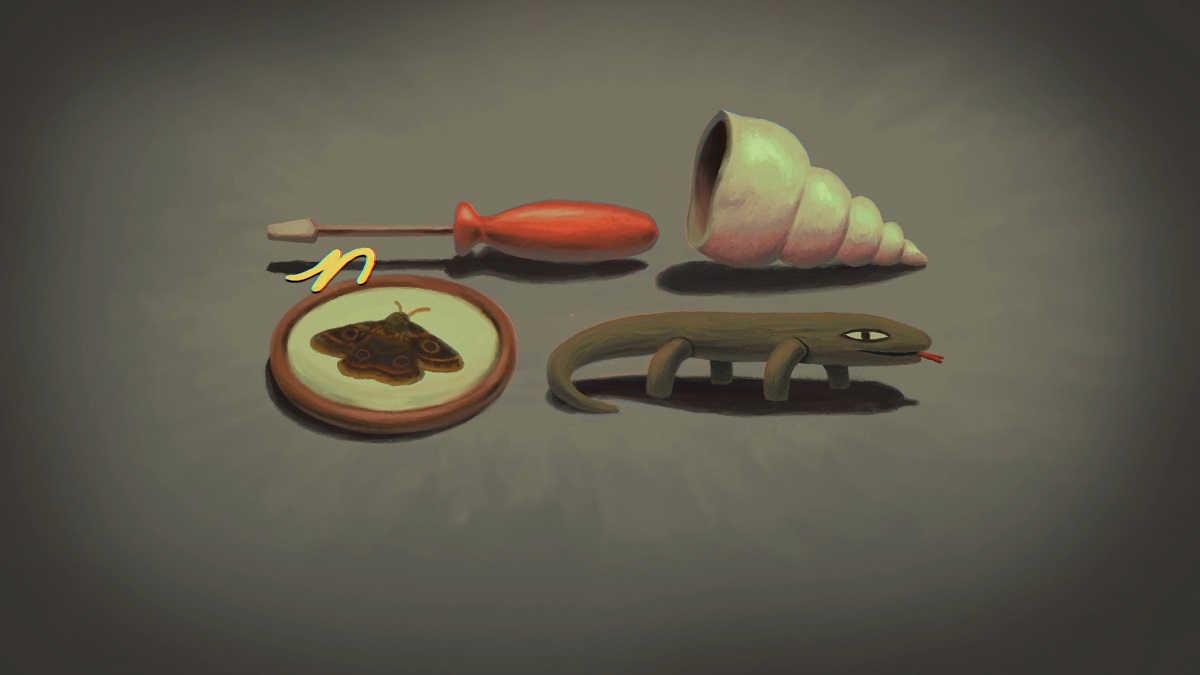There’s always been some debate around whether or not games are art, but in the late aughts and early ‘10s, some decided to really push for it. Sometimes, this resulted in kind of mostly successful experiments like Citizen Abel: Gravity Bone or Limbo, while other times we got more unfortunate, pretentious attempts like The Path.
It was a really insecure time for video games. We seemed to want some sort of permission to take this hobby seriously, so it’s like, collectively, as players and developers, we tried to prove video games were something they weren’t. Oh, they’re totally art. You can see that in games about flipping eggs and trimming hedges. But it’s more about harnessing the interactive element to get that piece of yourself across. A developer might try to capture how they think or see the world by asking you to live it. I’m not sure what The Path was supposed to say. Don’t do what you’re told?
We’ve largely moved past that, or at the very least, games that are 100% message have more of a purpose. A self-assuredness. It often feels more earnest and less pretentious. Which makes Miniatures something of a blast from the past.

Miniatures (PC [Reviewed], Switch, Mobile)
Developer: Other Tales Interactive
Publisher: Other Tales Interactive
Released: November 14th, 2024
MSRP: $5.99
Now, I’m not actually saying Miniatures is pretentious. No, I’m the pretentious one today. But, it’s at least making no mystery of the fact that it’s a digital art exhibit. What I mean is that it is only interactive-adjacent, and it is very art. I wouldn’t even call it narratively focused because the stories are pretty abstract. You’ll either connect with them, maybe just find them amusing, or maybe you won’t.
For me, it reminds me of extremely late nights of being bored in front of Teletoon. Nights when my parents were out, so I had free reign of the TV and could watch whatever bizarre concoction was on the station in the later hours.
Teletoon would often air things from The National Film Board of Canada, which was actually the butt of a Simpsons joke back in the day (not while they were still good). Very cultural stuff, but a lot of it was extremely strange. Sometimes, it would be something relaxingly amusing. Other times, it would be a piece of Canadiana, with the deepest of it being something from our aboriginal cultures. When you’re a pre-teen at 11 pm, it doesn’t matter what it was. Any attempt by an animation student to stretch their legs would hit like some sort of forbidden fever dream.
That’s what Miniatures took me back to; a decaffeinated Saturday night in my father’s La-Z-Boy. It’s four short chapters that sometimes make you poke the screen. On Switch and mobile, you can literally poke the screen, but here I was just poking it with my mouse pointer. Clicking, if you will.
I’m not trying to be dismissive, but the interactivity is very basic in Miniatures. One of the chapters has you trying to arrange a band of small sand-critters in a little sand-critter town in an extremely roundabout way. This was by far the most amusing one for me, as you largely press on places you think something should happen and then watch while that something happens. It’s well-animated and amusing, so that’s something.
There’s one where you pan the screen around to follow a story, and every so often, you need to click on something in the environment to uncover a trigger that allows you to move on. This one was my least favorite, not because of the lack of interactivity but because I didn’t connect with it. As far as I could see, it was a directionless story that wanted to look like it had something to say but didn’t say anything at all. Or maybe I just didn’t see the message.
As for the other two, I can at least understand what they’re trying to communicate, but I think a lot of Miniatures fails because it will elicit a feeling and then not do anything with it. They don’t use that feeling to deliver any sort of message. These are short, short little chapters – miniature, if you will – so if they want you to just soak in the feeling, then there isn’t much time to do so. One strength in the artistic side of video games is that by having the player take part in something, you can hold their head beneath whatever you’re trying to convey, and when they’re good and soaked, hit them with what you want to say. Miniatures neither has a point nor does it drown you for very long.

But, with those last two, I at least got the vibe they were putting down. One seemed to focus on childhood loneliness and discovery, while another gave a sense of tension and dread. I’ve found I’m typically able to pick up on subtext, even in games that aren’t taking an art-first approach, so I’m not deaf to what’s going on in Miniatures. I mostly have two problems. Number one: I don’t think it leverages the advantages of an interactive medium for conveying ideas. Number two: I don’t connect with the ideas that are here.
This makes it kind of hard to review a game like this because its effectiveness will vary from person to person, and I can’t speak to what you’ll feel. Maybe you’ll see yourself reflected in one or all of the games here. What I can say is that from an interactive standpoint, as well as a narrative one, I find Miniatures lacking. In comparison to other games that I would applaud for their contributions and approach to the art form, this wouldn’t be high on the list, but I wouldn’t throw it away wholesale, either.
[This review is based on a retail build of the game provided by the publisher.]









